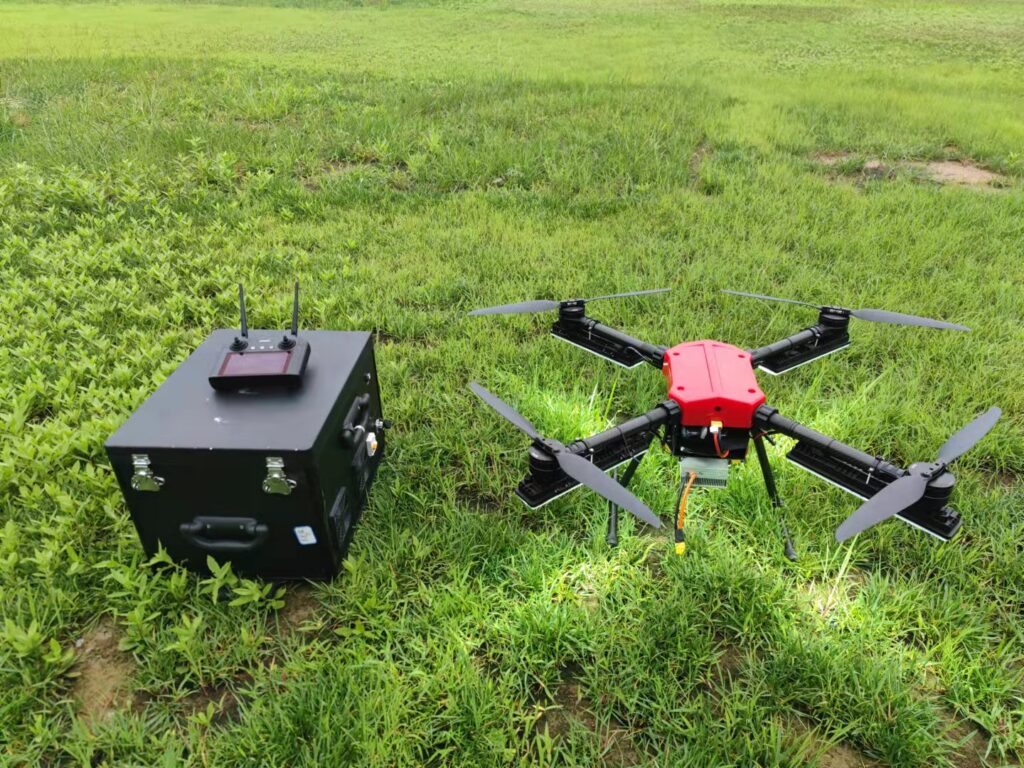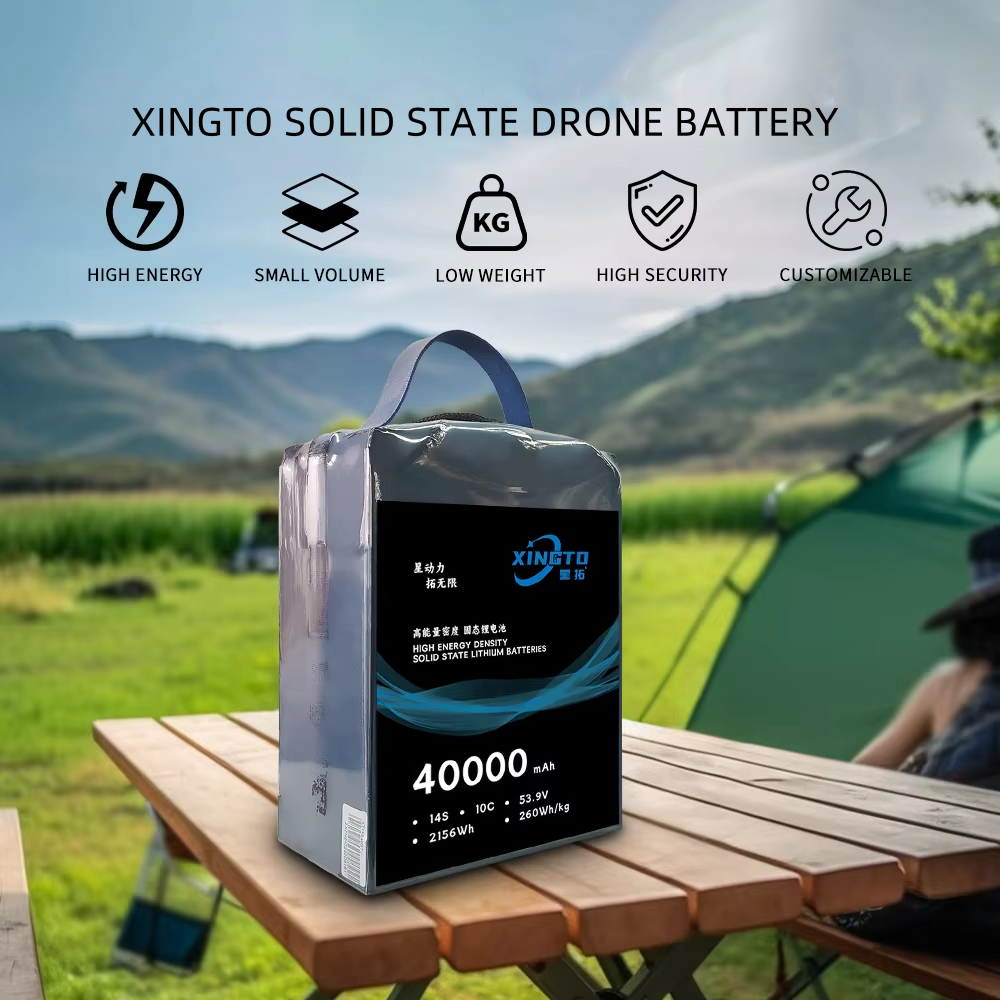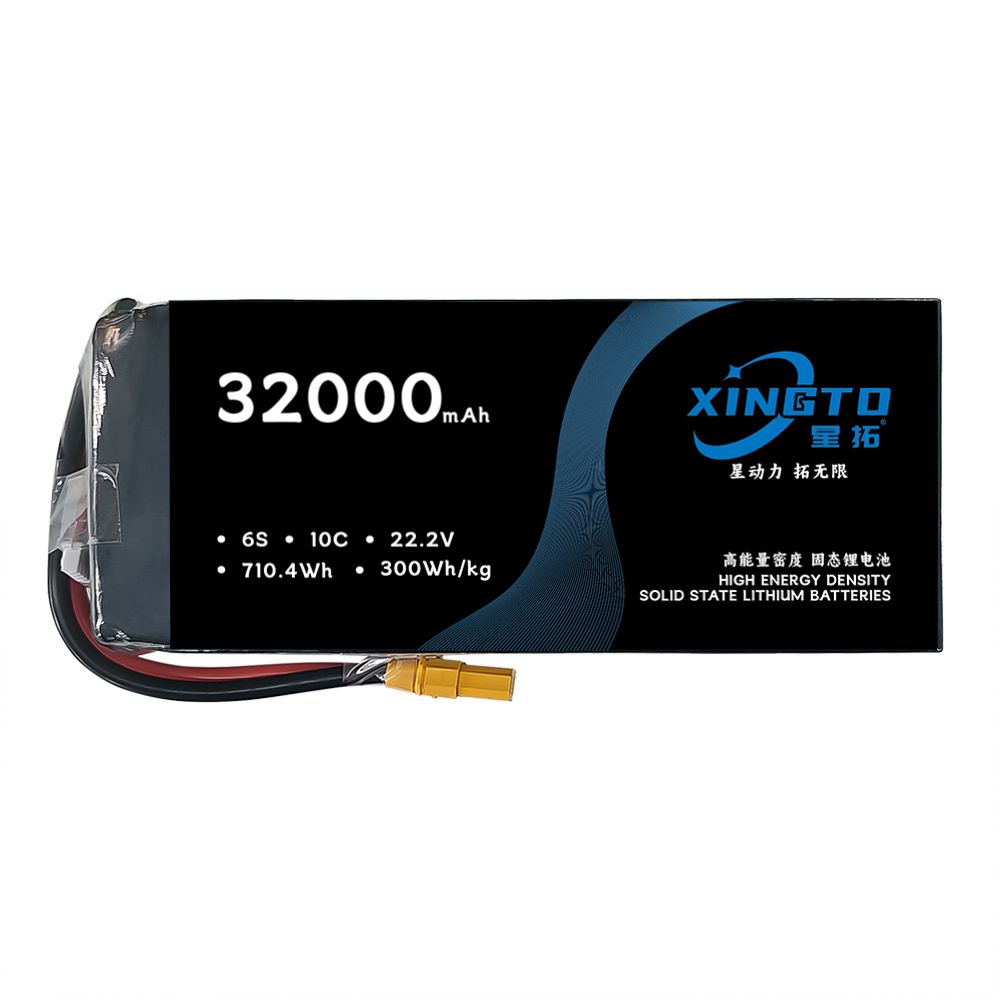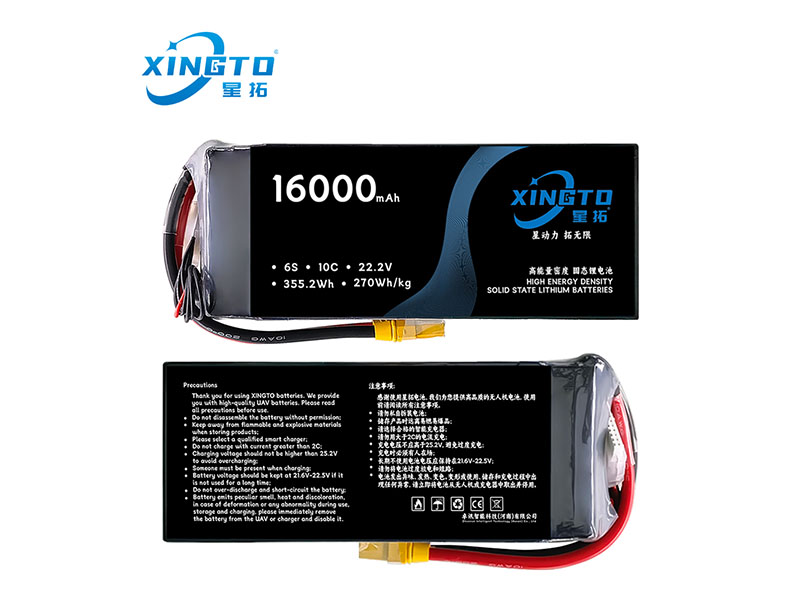With the rapid development of science and technology, drones have been widely used in various fields, such as aerial photography, agricultural monitoring, logistics distribution, etc. For drone users, choosing the right battery is particularly important. The battery not only directly affects the flight time of the drone, but is also closely related to the performance, safety of use and maintenance cost of the drone. So what kind of battery is better for drones? Xingtuo Battery, a professional drone battery customization manufacturer, will explore the types of drone batteries, selection points, and provide some suggestions for maintaining batteries to help you extend the battery life.

Main types of drone batteries
The common types of drone batteries on the market are mainly lithium polymer (LiPo) batteries, lithium ion (Li-ion) batteries and lithium iron phosphate (LiFePO4) batteries. Each battery has its own advantages in different application scenarios, and users can choose according to specific needs.
- Lithium polymer battery (LiPo)
Lithium polymer batteries have become the most commonly used battery type in the drone field due to their high energy density and light weight. They can provide longer flight time and have better discharge performance. It is especially suitable for drones that need to fly for a long time or when the aircraft needs to respond quickly. However, LiPo batteries require high management requirements when charging and discharging, and must be equipped with special chargers and battery balancers to ensure that each cell in the battery is charged evenly and avoid overcharging or over-discharging.
- Lithium-ion batteries (Li-ion)
Lithium-ion batteries are known for their long service life and low self-discharge rate. Compared with LiPo batteries, Li-ion batteries have a lower energy density, but they can retain power for a longer time when not in use, making them ideal for long-term storage. Although it cannot provide the same flight time as LiPo batteries, Li-ion batteries are more suitable for drone applications that have high requirements for battery life.
- Lithium iron phosphate batteries (LiFePO4)
As an emerging technology, lithium iron phosphate batteries provide the advantages of lithium-ion batteries and have significant advantages in safety and thermal stability. Although LiFePO4 batteries have a lower energy density, they have a longer cycle life and are more stable in extreme environments such as high or low temperatures. For users with high safety requirements, especially in commercial applications, LiFePO4 batteries are a good choice.

Key points for choosing drone batteries
When choosing a suitable battery, users should consider the following key factors:
- Flight requirements
Choose the appropriate battery type according to the frequency of use, flight time and mission type of the drone. If you need to fly for a long time or have high requirements for flight time, you can give priority to lithium polymer batteries; if the requirements for flight time are loose, you can choose lithium ion batteries or lithium iron phosphate batteries.
- Safety
Battery safety is the primary consideration in the selection of drone batteries. Especially in commercial applications such as agriculture, logistics and distribution, battery stability and safety are particularly important. Lithium iron phosphate batteries have become the first choice for many high-risk tasks due to their high thermal stability and low fire risk.
- Cost-effectiveness
Different types of batteries have large price differences, and users need to find a balance between battery performance and cost. Although lithium polymer batteries provide higher performance, their replacement frequency and maintenance cost are also relatively high. The cost-effectiveness of lithium ion batteries and lithium iron phosphate batteries may be more prominent, suitable for users with limited budgets.
- Maintenance convenience
Battery maintenance is also one of the important factors when choosing. Lithium polymer batteries require regular battery balancing and charging management, while lithium iron phosphate batteries are relatively simple to maintain. Therefore, for some users who do not want to invest too much energy in maintenance work, LiFePO4 batteries may be more suitable.
Battery maintenance and service life
In order to extend the service life of drone batteries, users need to regularly check the health of the batteries, avoid overcharging or overdischarging, and pay attention to the storage environment. Generally, the battery should be kept at 40%-60% when not in use for a long time, and avoid exposure to high or low temperature environments. At the same time, in order to ensure the long-term use of the battery, it is recommended to use professional chargers and battery protection devices.
The selection of drone batteries requires comprehensive consideration of multiple factors, such as flight requirements, safety, cost-effectiveness, and maintenance difficulty. By understanding the characteristics and advantages of different battery types, you can choose the most suitable battery according to your actual needs, and extend the battery life through reasonable maintenance, thereby ensuring the efficiency and stability of the drone at work.






